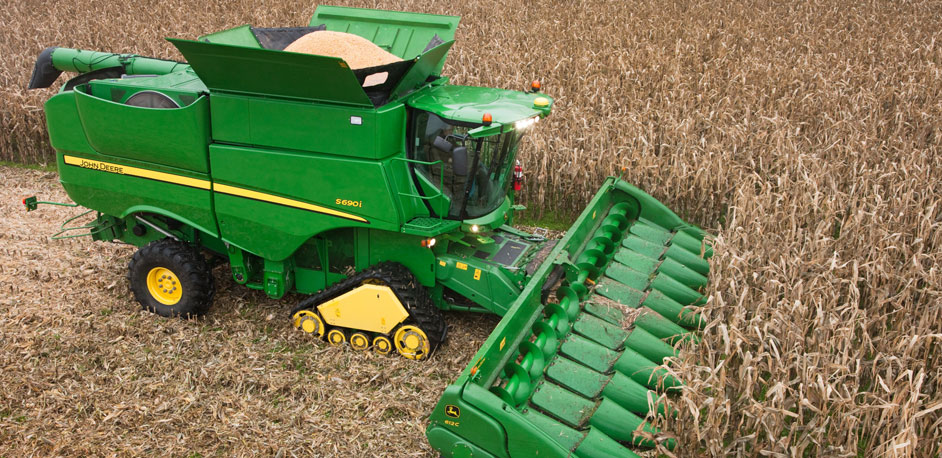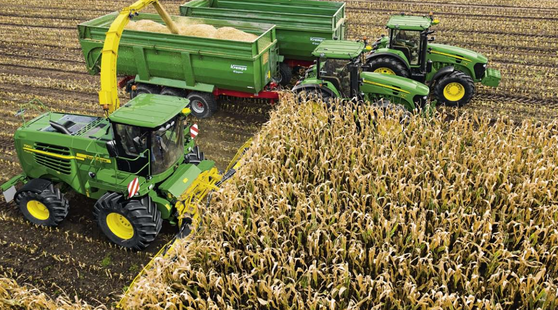As the harvest season winds down and the grain has been successfully harvested, the next important step is storing the grain in a manner that will preserve its fresh quality.
There are many best practices and tips available to assist those that rely on fresh grain to make financial gains. So, we’ve put together a specific list of seven of our own tips that we believe should be followed before, during, and after grain storage to ensure fresh and high-quality grain is preserved throughout the process.
Check Condition of Bin and Foundation: Start from the top of the storage bin and work your way down. Check the roof, sides, and interior of the storage bin for areas of damage that could negatively affect grain quality. Check for holes, rust and loose bolts and be prepared to fix these issues before adding grain into the bin.
Also, be sure to check the foundation of the bin, an area which is commonly overlooked. The foundation should be level to the ground without any passageways for insects, rodents, or air, which could all negatively affect grain quality.
Clean Bins: After the storage bin has been deemed structurally sound, clean the bin inside and out. Be sure to clean even the hardest to get to places of the bin, as grain will likely fill even the smallest spots that may not be easy to access by hand. Rust or mold formation could infiltrate your bin if not cleaned, leading to a loss of quality.
Screen the Grain: Be sure to screen lower-quality grain prior to drying, using either a rotary screen, gravity screen or perforated auger housing section. Performing this procedure will ensure foreign materials and broken kernel fragments will not block airflow to the grain during the drying and storage process.
Cool the Grain: Once the grain is in storage, cool it as quickly as possible. The recommended temperature of cooled grain is 70 degrees Fahrenheit in warmer months and 35 to 40 degrees in the cooler months.
Inspect/Monitor Temperatures: After the grain has been cooled to an optimal temperature for preservation, be sure to keep it in this state through consistent monitoring. Grain temperature and moisture monitoring should occur at least every two weeks once the grain and outdoor temperatures reach more than 45 degrees.
Be Observant and Act Quickly: As monitoring is ongoing, stay observant and be ready to act quickly to fix any issues. Odor is often a telling sign of spoiled or spoiling grain, but be sure to also check for excess moisture which may collect on the inside of the bins themselves as well. Too much moisture could spoil the grain. Be prepared to take the necessary steps to address these issues.
Be Safe: Lastly, be sure to always remember that safety comes first. Chemicals used and physically demanding tasks could cause harm. Always work in or around grain bins with another worker or friend nearby in case of emergency.
We hope these grain storage tips will help producers successfully preserve the hard work that was put forth during the long harvesting season. If you enjoyed this post, want to share some of your own tips to add to our list, or want to read more posts, feel free to connect with us on Facebook!





